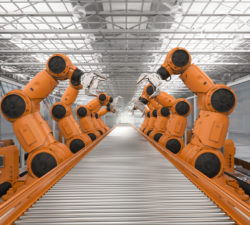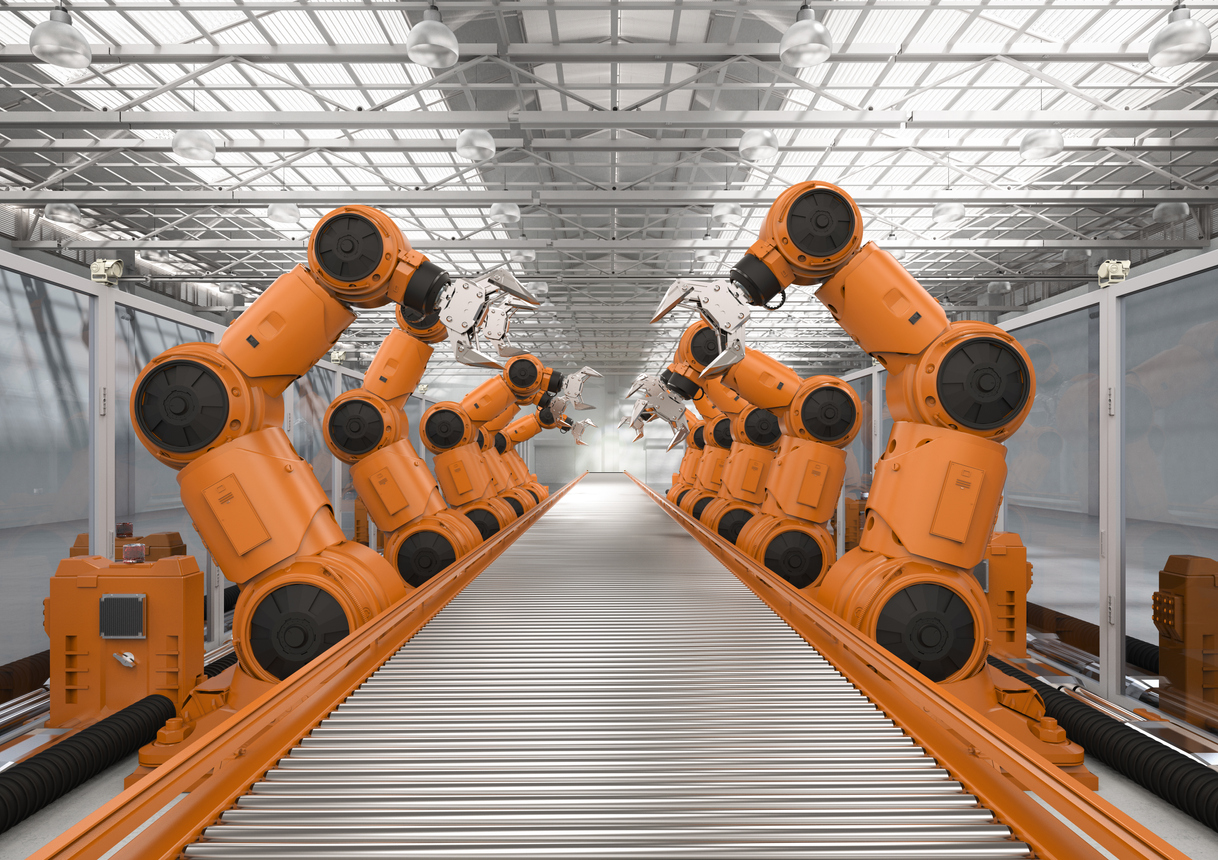The vulnerability of supply chains has been thrust into the spotlight by a series of crises, from Russia’s invasion of Ukraine to the increasingly severe effects of climate change, coming on top of pandemic-related disruptions and shipping bottlenecks. But these are not the only threats that need tackling.
Manufacturing companies are increasingly concerned about the significant risks to supply chains from cybercrime. Last year, manufacturers suffered the brunt of the attacks, overtaking financial services and insurance as the most targeted industry, according to IBM’s X-Force Threat Intelligence Index 2022.
The stakes have been raised by the interconnectivity of global supply chains, with several big manufacturing groups suffering production bottlenecks because of cyber breaches in their wider supplier networks that hobbled their supply chains.
And the risk to manufacturers has only been heightened by the rush to install digital technologies in order to improve…


